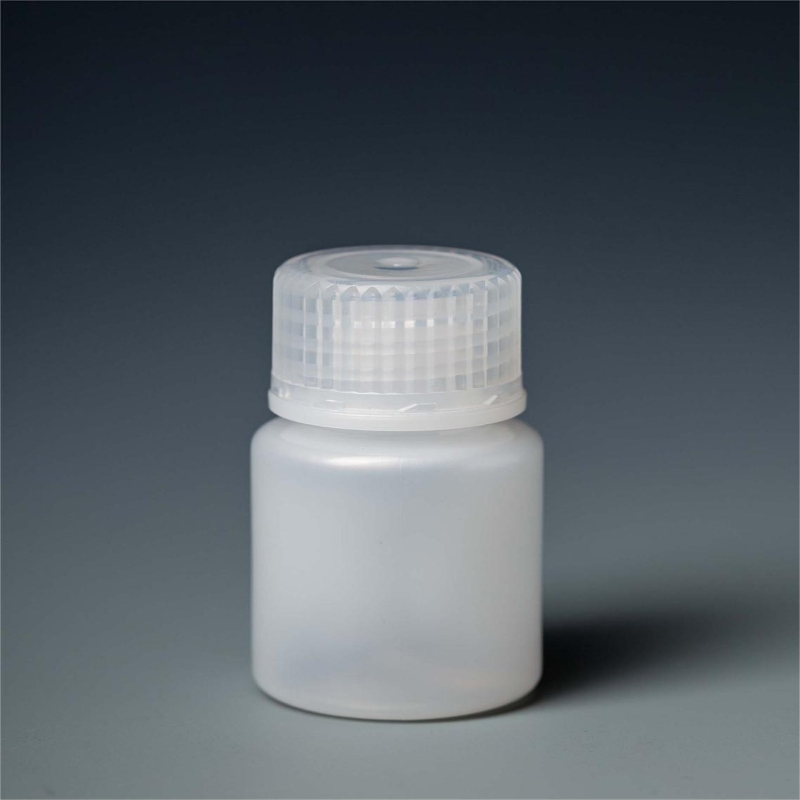-
Categories
-
Pharmaceutical Intermediates
-
Active Pharmaceutical Ingredients
-
Food Additives
- Industrial Coatings
- Agrochemicals
- Dyes and Pigments
- Surfactant
- Flavors and Fragrances
- Chemical Reagents
- Catalyst and Auxiliary
- Natural Products
- Inorganic Chemistry
-
Organic Chemistry
-
Biochemical Engineering
- Analytical Chemistry
-
Cosmetic Ingredient
- Water Treatment Chemical
-
Pharmaceutical Intermediates
Promotion
ECHEMI Mall
Wholesale
Weekly Price
Exhibition
News
-
Trade Service
August 29, 2020 // --- Follicular Helper Cell (TFH) is a CD4-plus T cell that promotes the production of B-cell antibodies and B-cell memory responses in the birth center of lymphatic organs.
these activities are also restricted by follicularly regulated T cells (T follicular helper cell, TFR).
of TFR cells can be enhanced by a central reaction.
, the molecular clues that drive TFR cell formation are still unknown, meaning the origin of TFR cells is unknown.
In a new study, researchers from research institutions such as China's Third Military Medical University, Tsinghua University, Wuhan University and Qilu Hospital of Shandong University found that osteoclerotic protein 1 (sclerostin domain-containing protein 1) secreted by a TFH cell subset and fibroblast cell mesh cells that are rich in T-B cell boundaries. SOSTDC1) promotes TFR cell production by inhibiting the transduction of the Wnt-beta-catenin signal, which is necessary for the development of TFR cell production.
study was published in the August 21, 2020 issue of the Journal of Science under the title "SOSTDC1-producing follicular helper T cells promote regulatory follicular cell cell solution."
images from Science, 2020, doi:10.1126/science.aba6652.
In reported mice, cell fate tracking and transcription group evaluation determined that TFH cells expressing SOSTDC1 were a unique group of T-cells that were produced after SOSTDC1 negative TFH cells (i.e., TFH cells that do not express SOSTDC1) and lost the ability to assist B cells in producing antibodies.
note that removing the Sostdc1 gene from TFH cells can lead to a significant reduction in the number of TFR cells, leading to an increased response from the birth center.
, SOSTDC1 blocks the WNT-beta-catenin axis and promotes TFR cell differentiation.
these new insights into TFR cell biology and disease center regulation may be important for the development of autoantibodies-mediated diseases and future vaccines and therapies for autoimmune diseases.
(bioon.com) Reference: Xin Wu et al. SOSTDC1-producing follicular helper T cells promotey follicular T cell solution. Science, 2020, doi:10.1126/science.aba6652.







